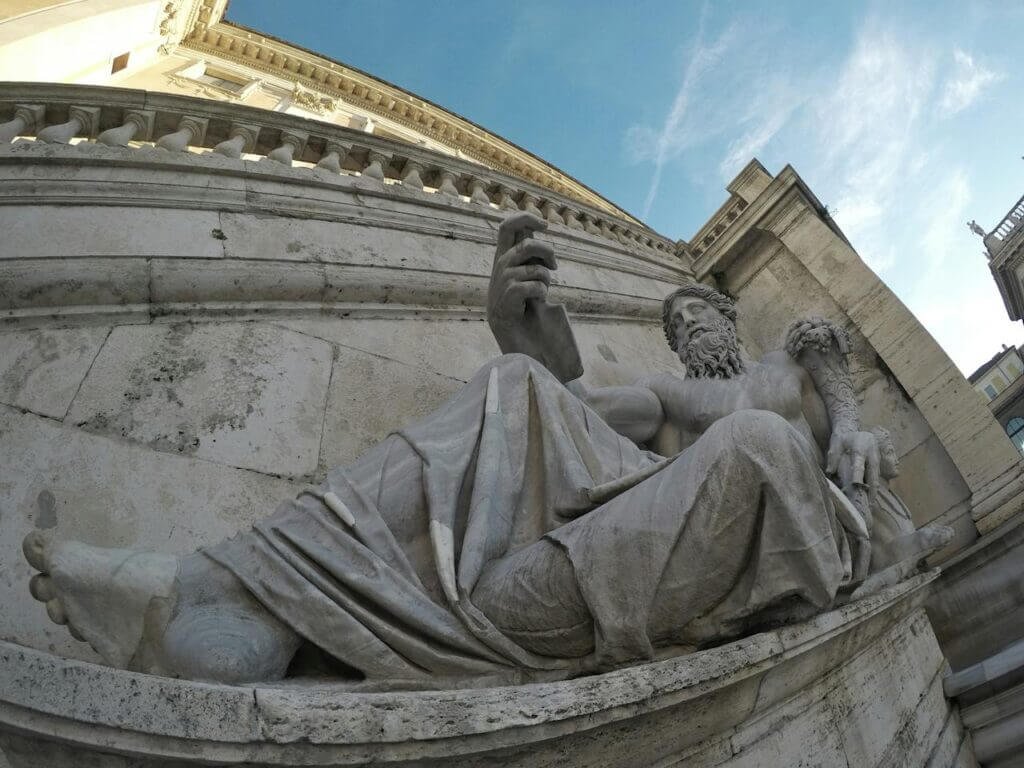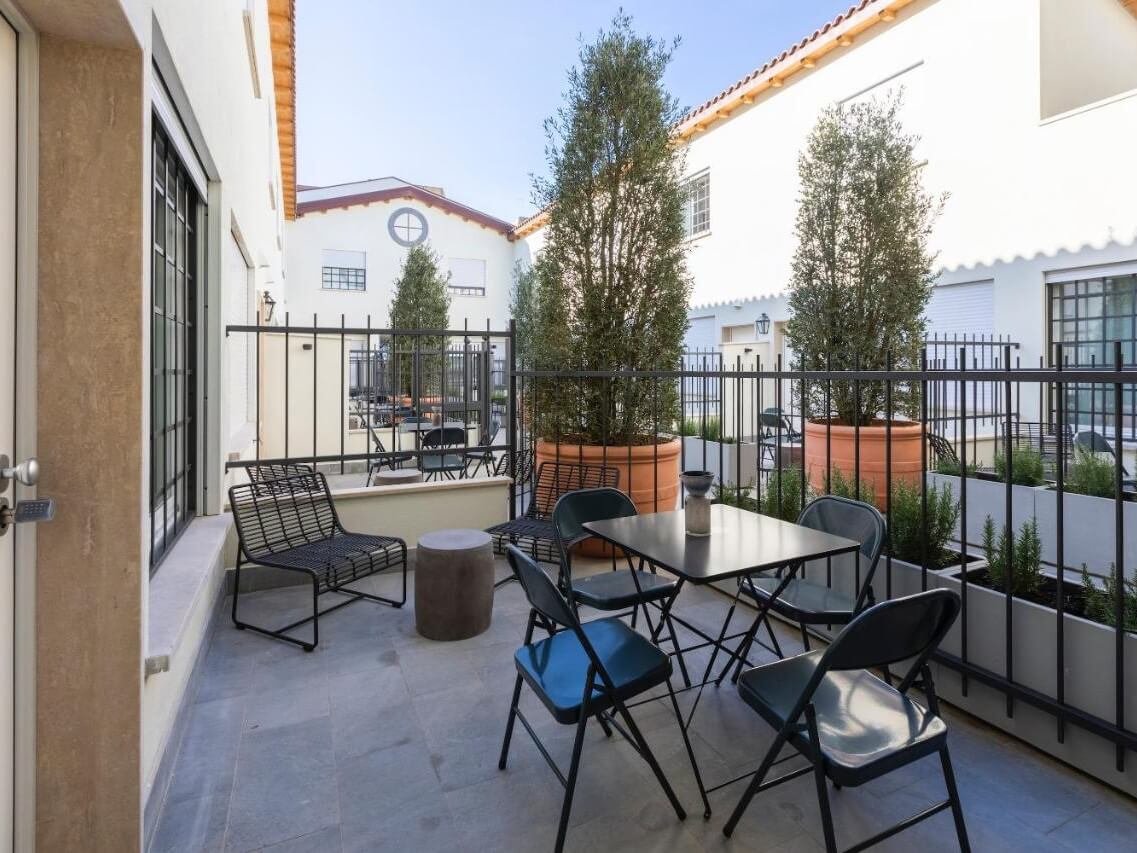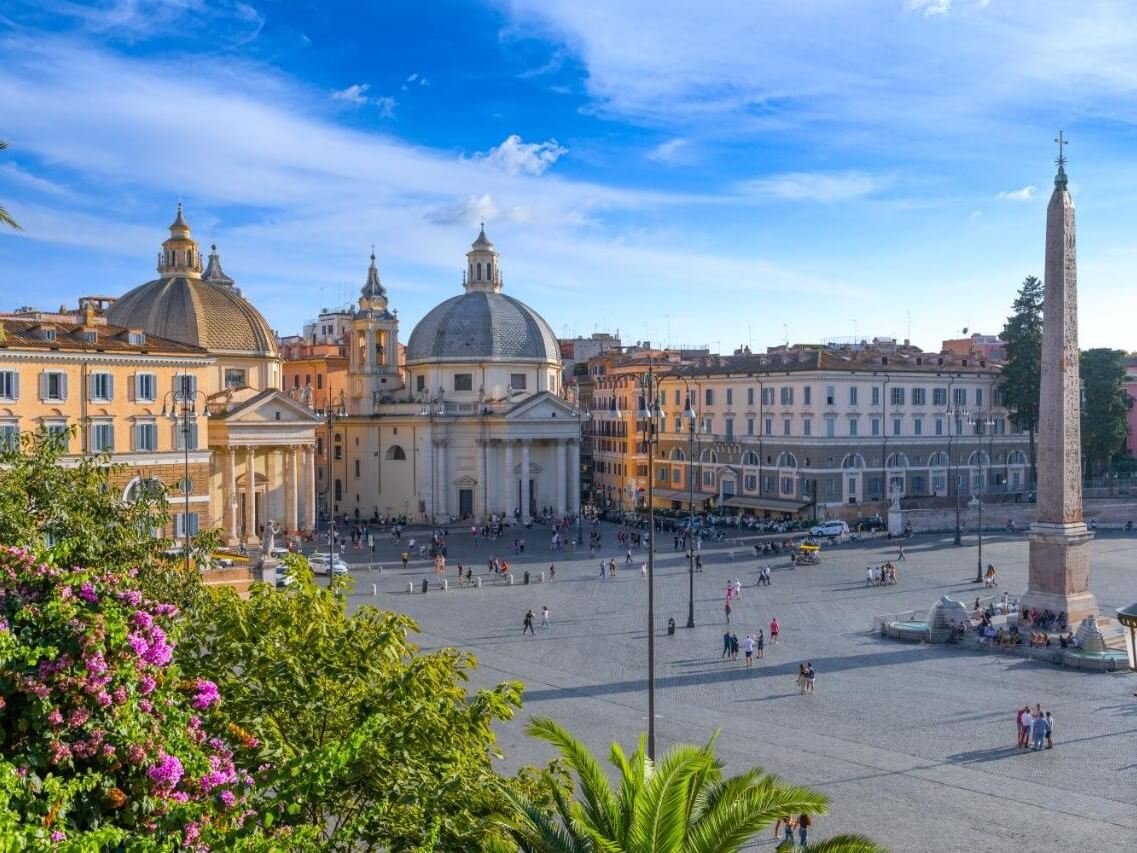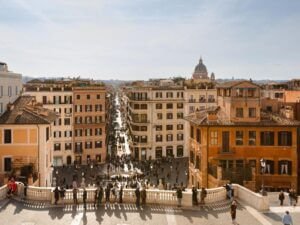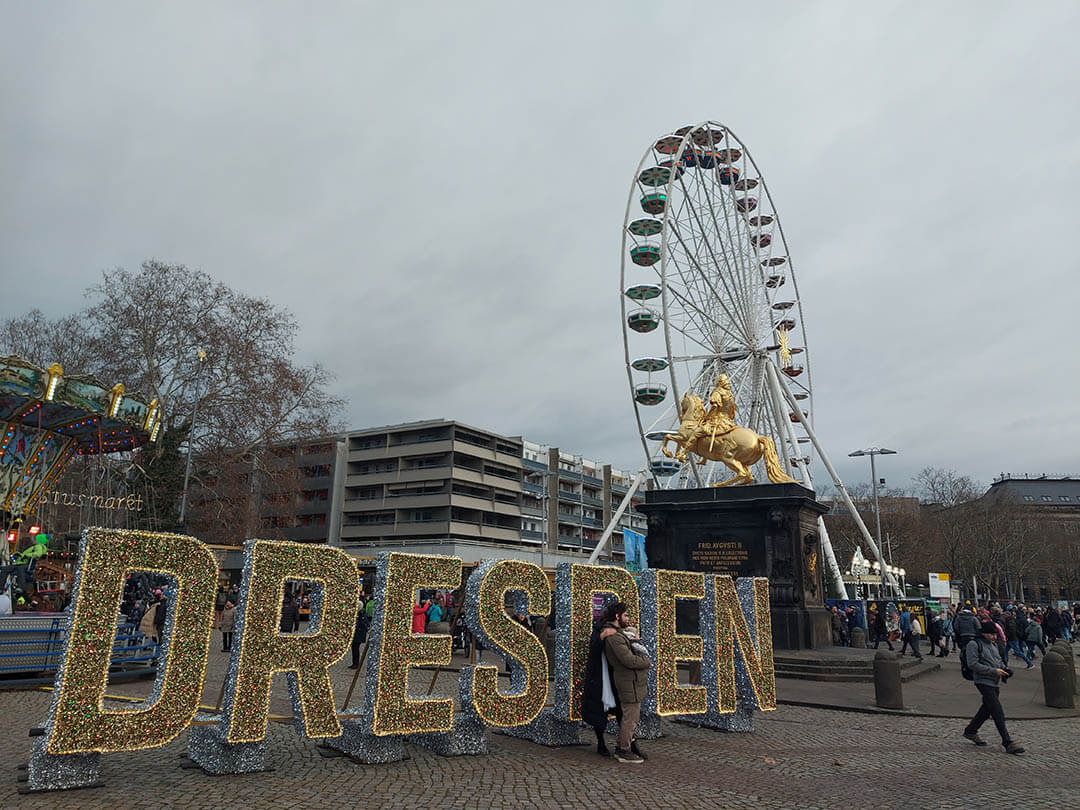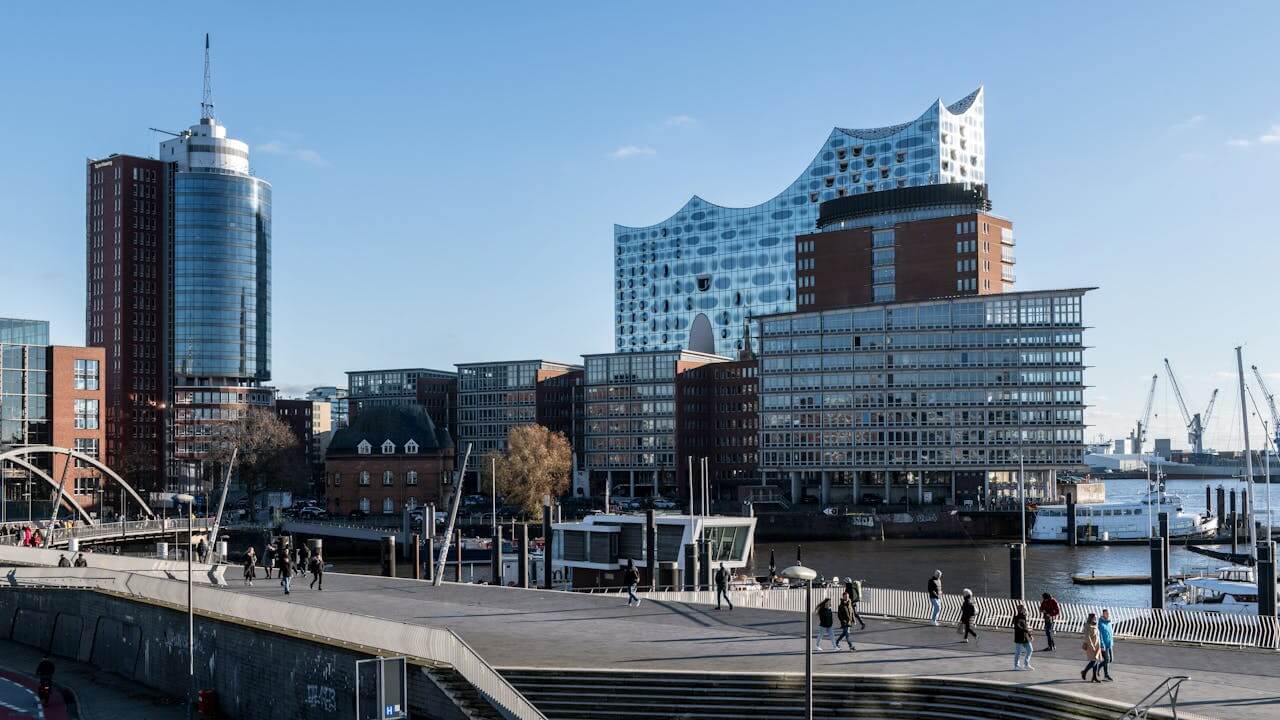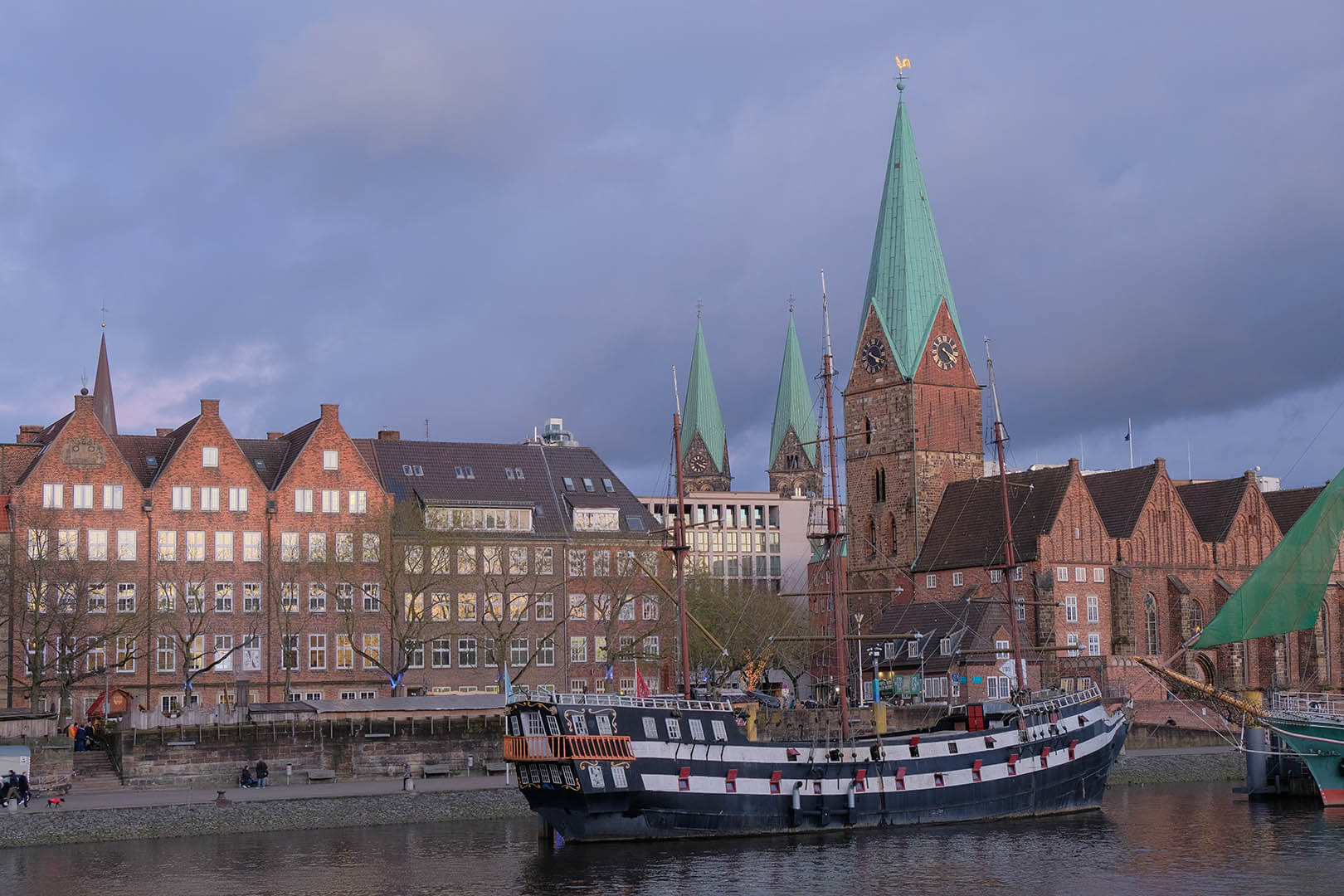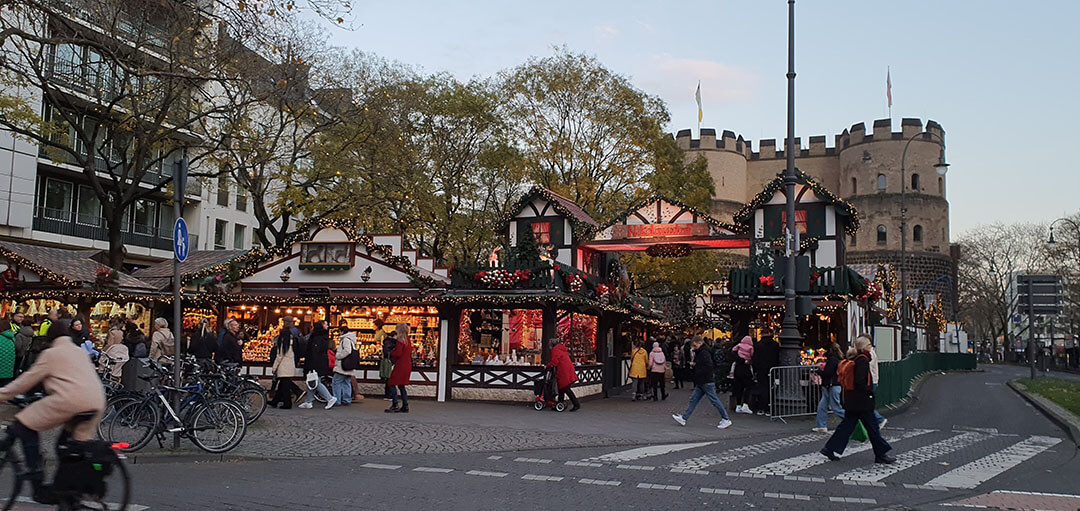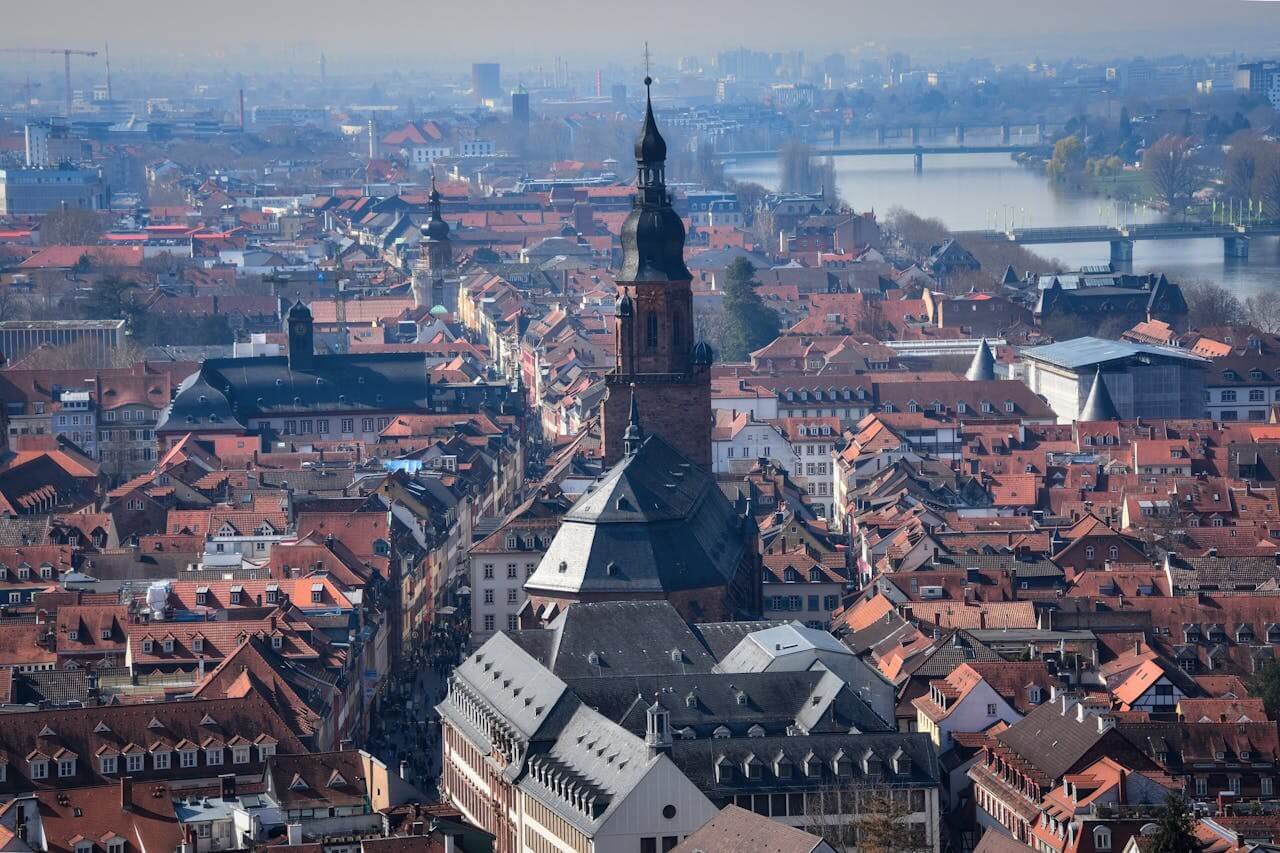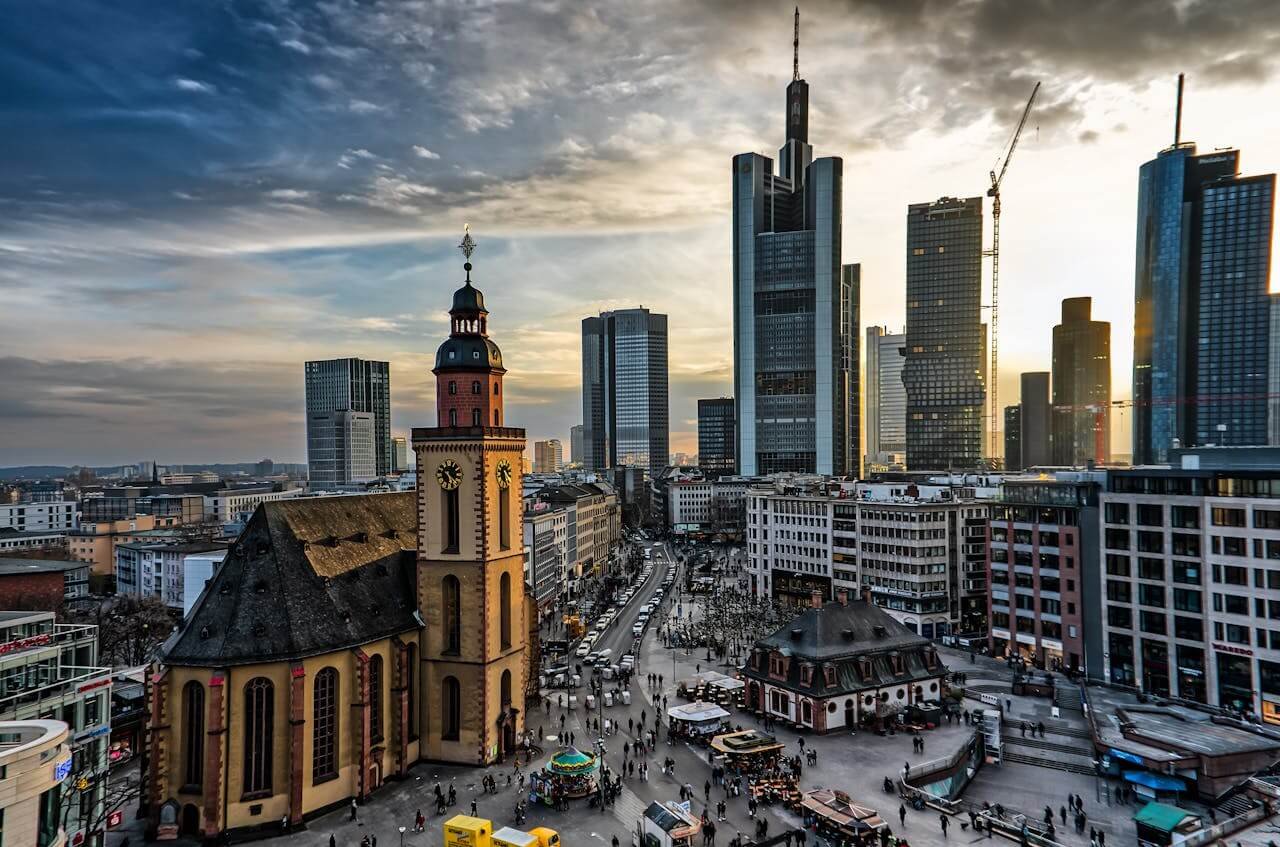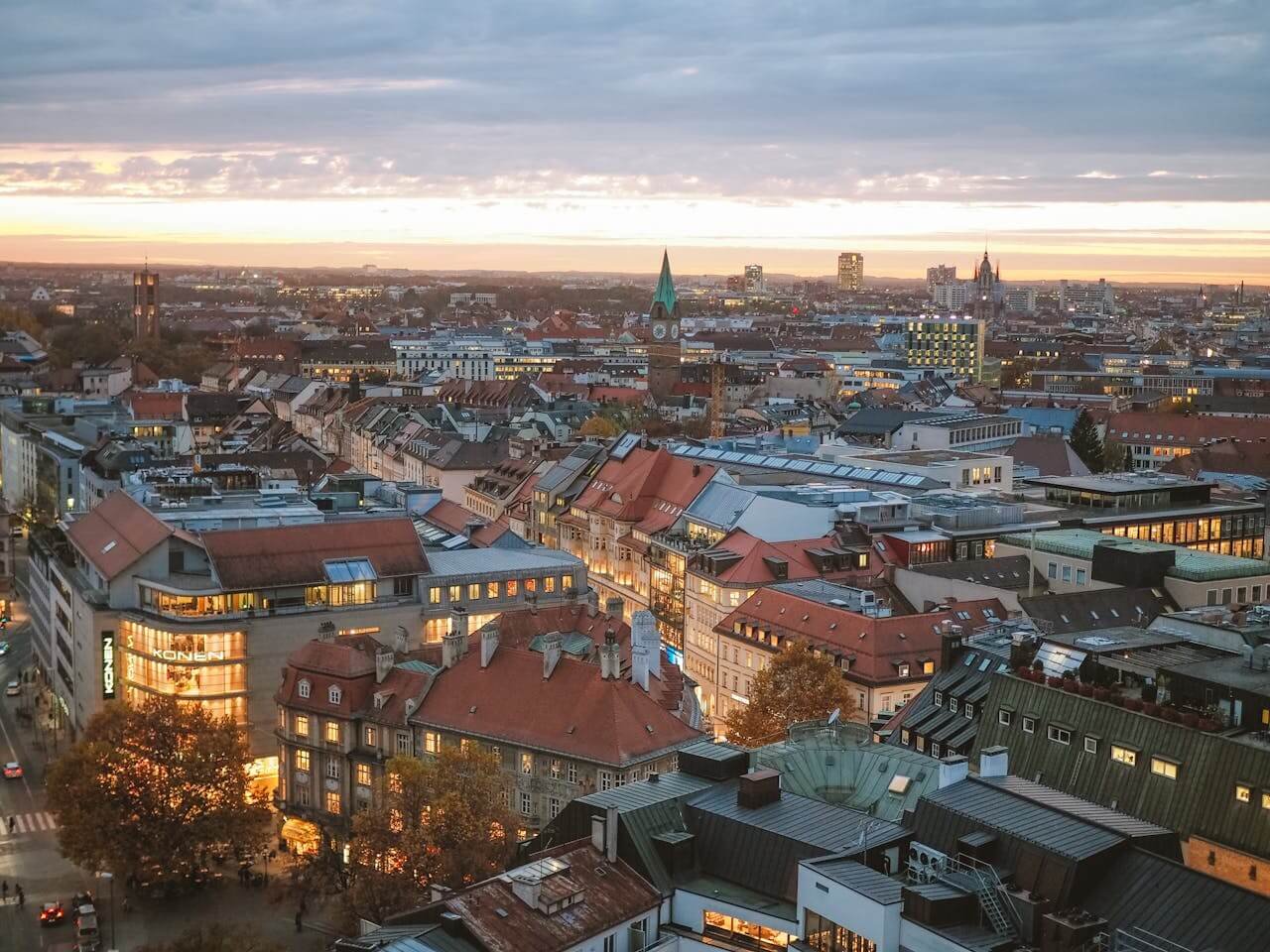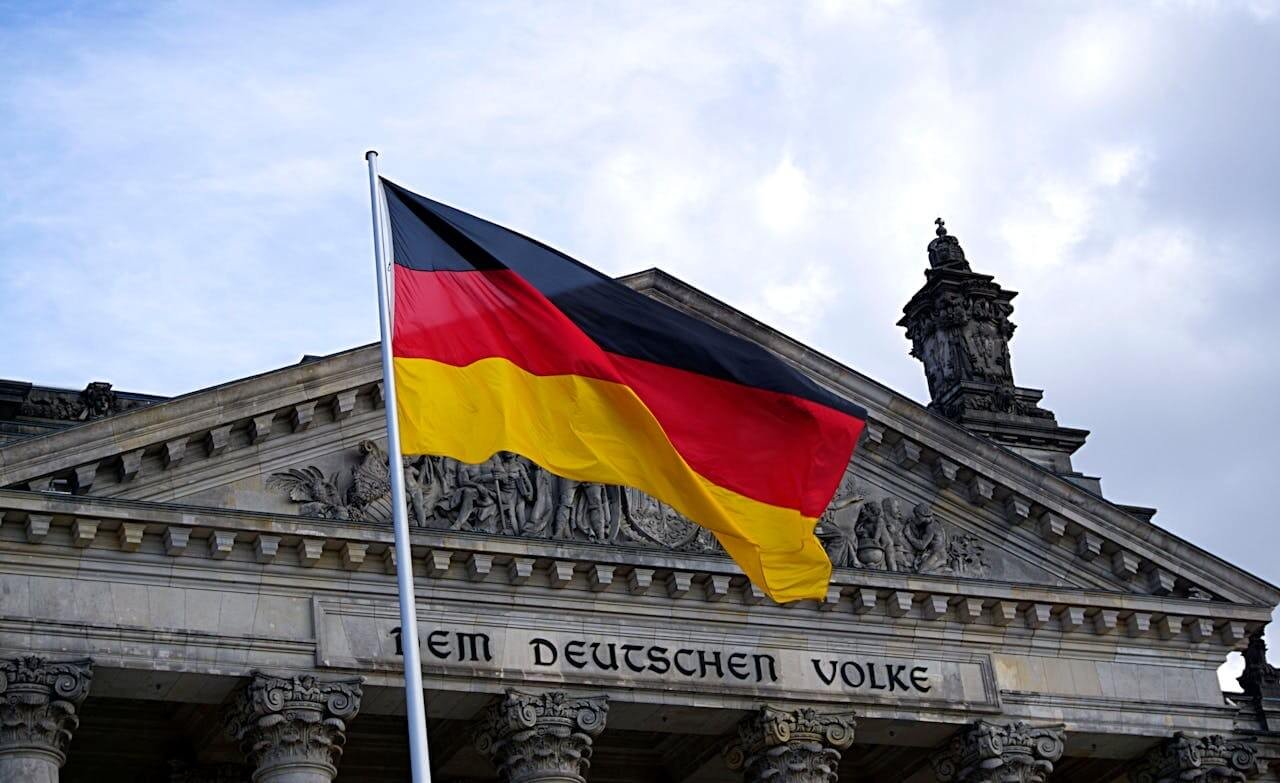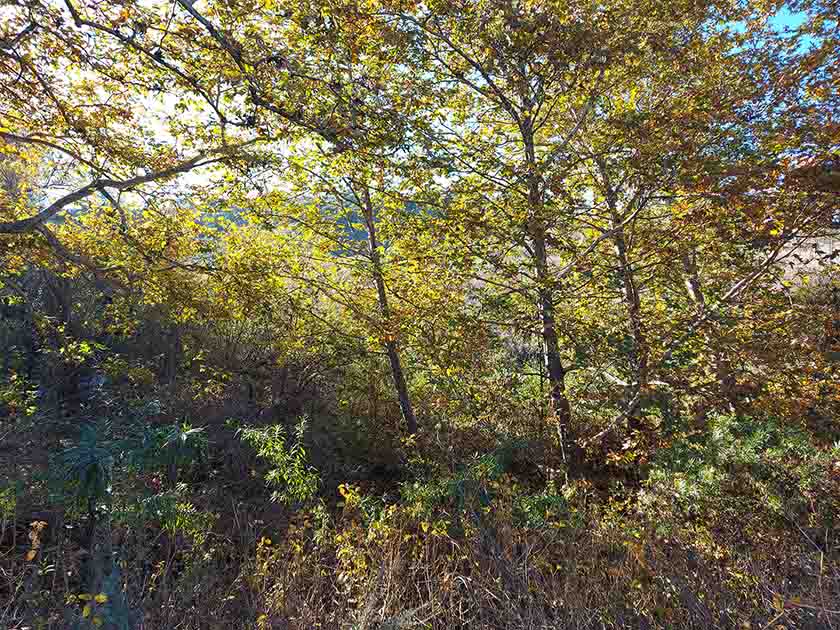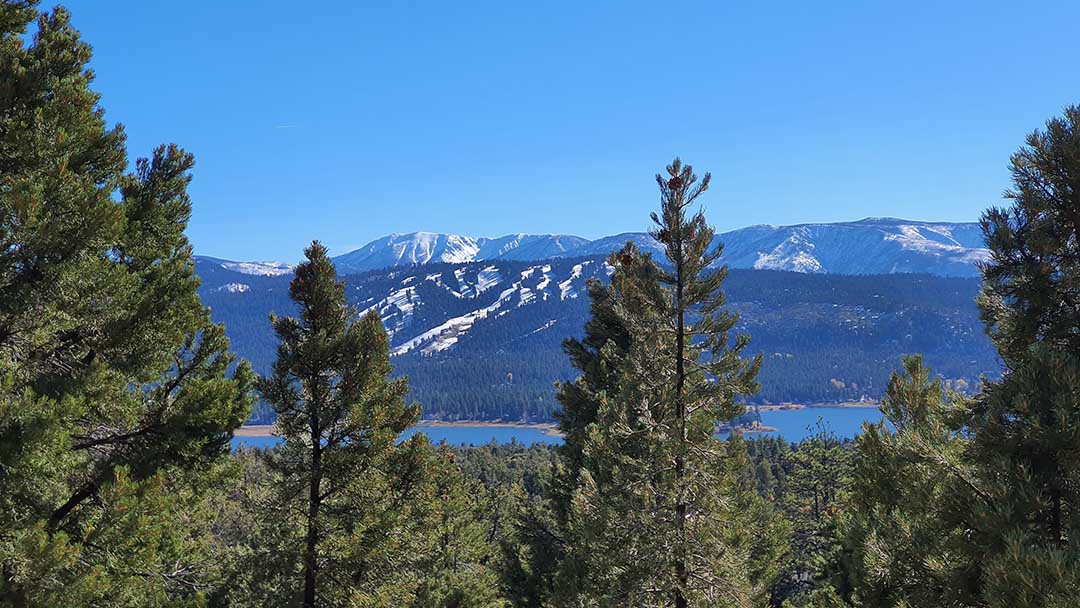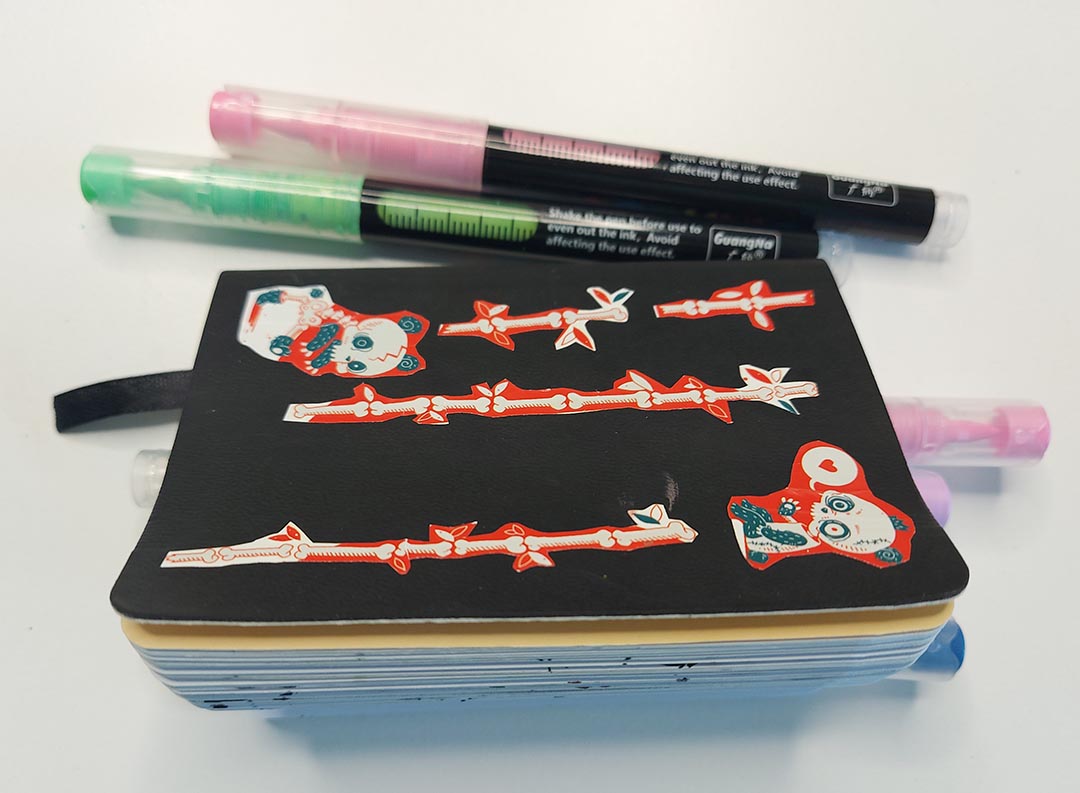Founded in 1471, the Capitoline Museums are the world’s oldest public art collection. Thanks to Pope Sixtus IV, who donated impressive ancient bronze sculptures to Rome, the museums showcase a stunning collection. Spread across two palaces designed by Michelangelo – Palazzo dei Conservatori and Palazzo Nuovo – these museums are a must-visit in Rome, filled with amazing ancient sculptures and artifacts.
Book your tickets to Capitoline Museums Experience here. Also I recommend to take a guided tour.
She-Wolf
The Capitoline She-Wolf is a famous bronze statue in the Capitoline Museums in Rome. It shows a she-wolf caring for the twins Romulus and Remus, who, according to legend, founded Rome. The statue is an ancient artwork that tells the story of Rome’s beginnings. It’s a symbol of the city’s mythical past and its legendary founders, making it an interesting piece for visitors to see and understand Rome’s history.
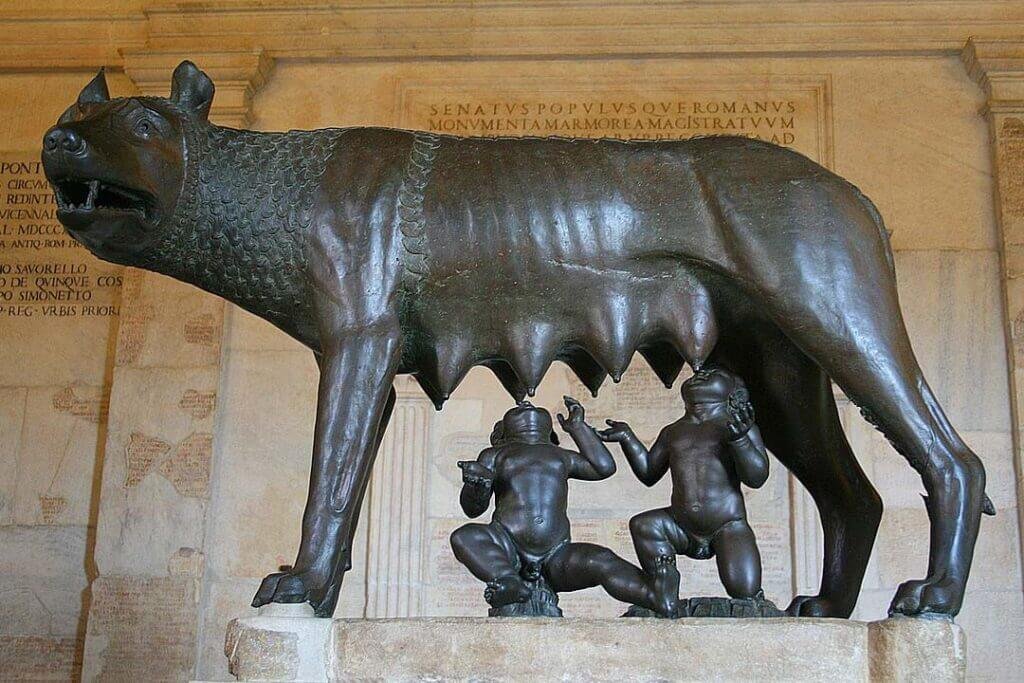
The Dying Gaul
The sculpture of The Dying Gaul in the Capitoline Museums shows a warrior in deep pain. Made during ancient times, it skillfully portrays the intense emotions of a defeated Gaul, highlighting the artist’s talent in expressing sorrow and vulnerability. The twisted body and expressive face reveal the harsh realities of war. Looking at this sculpture, you can feel the artist’s ability to capture human experiences, giving us a glimpse into the struggles faced by ancient warriors. The Dying Gaul is a powerful reminder of how art can convey the feelings of people across different times.
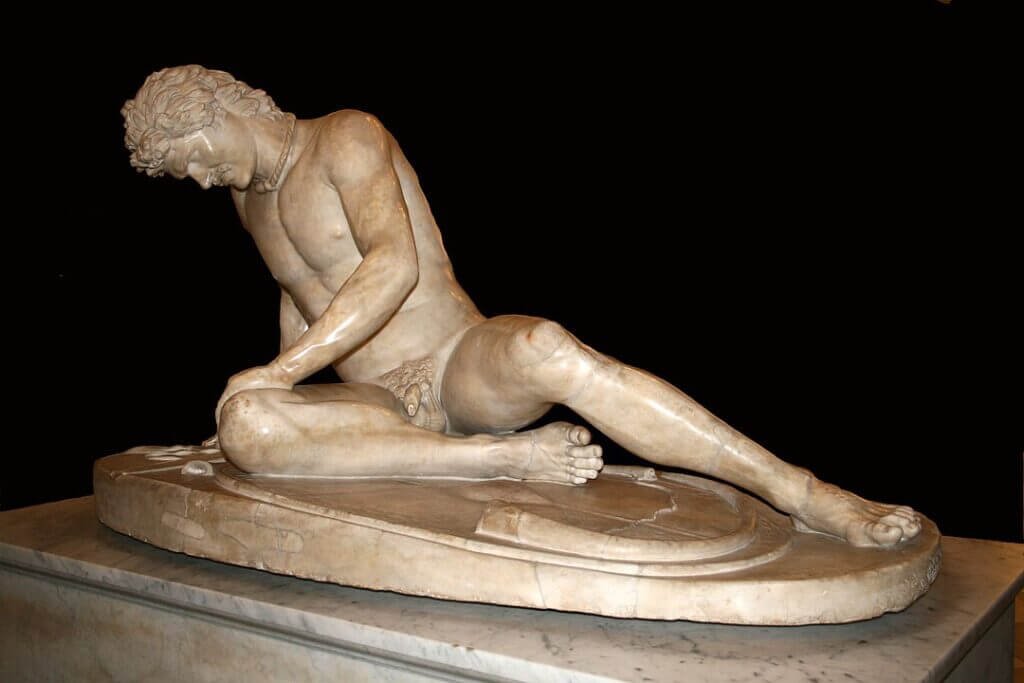
The Colossal Statue of Constantine
The Colossal Statue of Constantine in the Capitoline Museums is a huge sculpture of the Roman Emperor. It’s really tall and was made in the early 4th century. The statue shows Constantine looking powerful, with lots of details in his face and clothes. When you see this massive artwork, you can feel the importance of Constantine’s time in history and how strong he was as an emperor. The statue is a big example of the amazing skill of ancient sculptors and reminds us of the lasting impact of the Roman Empire.
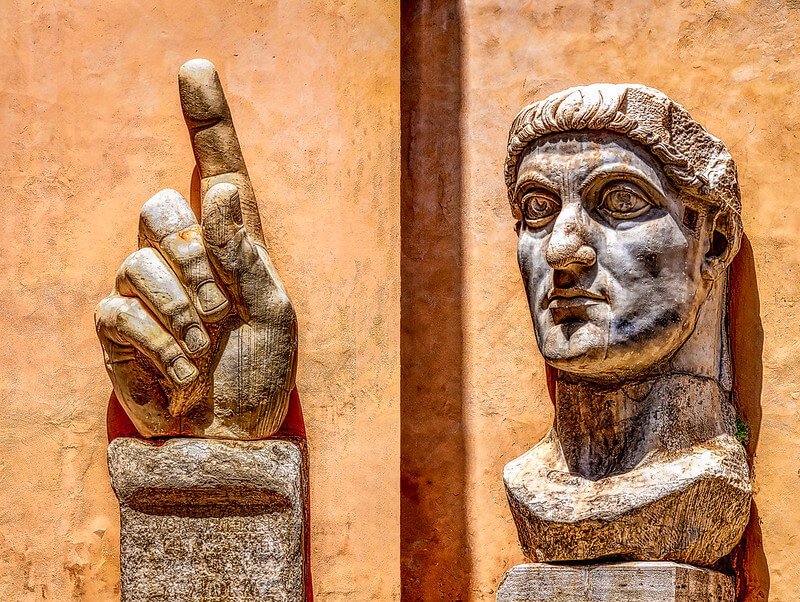
The Capitoline Venus
The Capitoline Venus is a timeless representation of classical beauty. This ancient artwork, believed to be a Roman copy of a lost Greek original, shows us the grace and elegance of Roman artistic ideals. The goddess of love and beauty, sitting in a calm and graceful pose, with attention to the details of her flowing drapery and delicate features. When you look at the Capitoline Venus, you can imagine the time when people celebrated these ideas of beauty and grace. This statue is a reminder of the amazing skill of ancient artists and continues to capture the admiration.
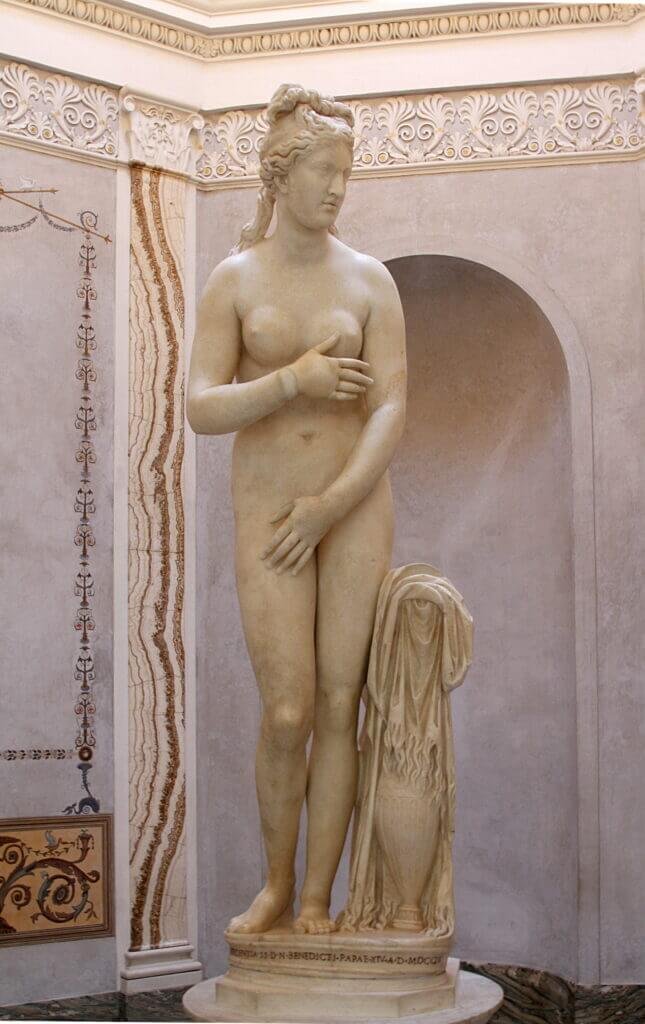
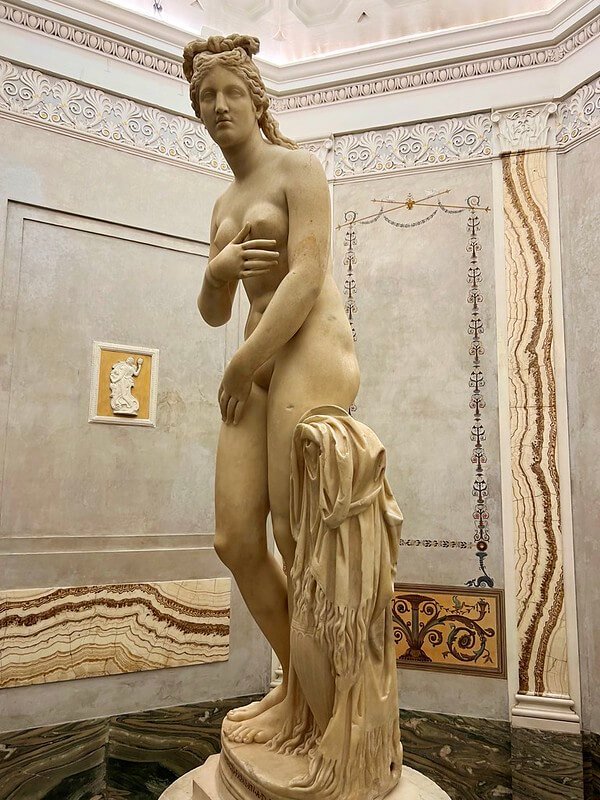
The Tabularium
The Tabularium is a special place that shows old records from ancient Rome. It’s on top of the Capitoline Hill, and when you’re there, you can see amazing views of the Roman Forum. Going inside feels like going back in time, surrounded by papers and documents that were important for Rome a long time ago. The view from there helps you imagine how busy and lively the Roman Forum used to be.
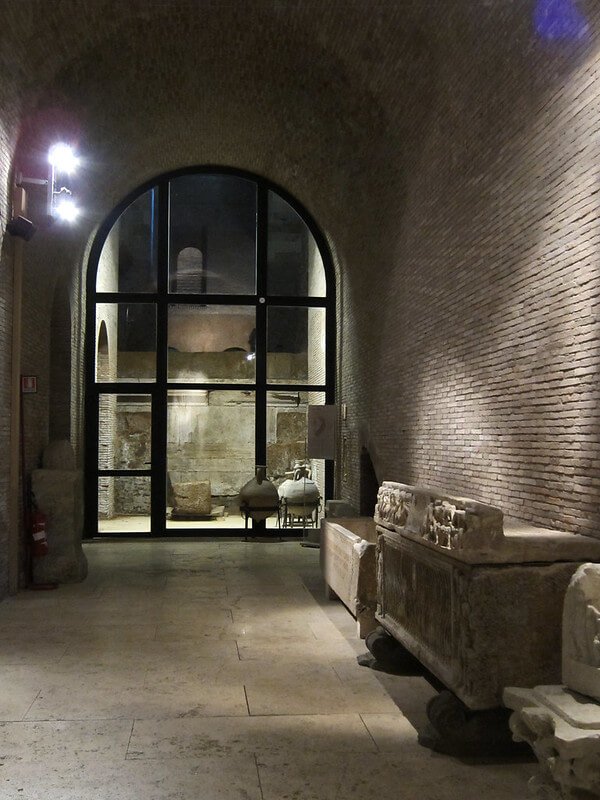
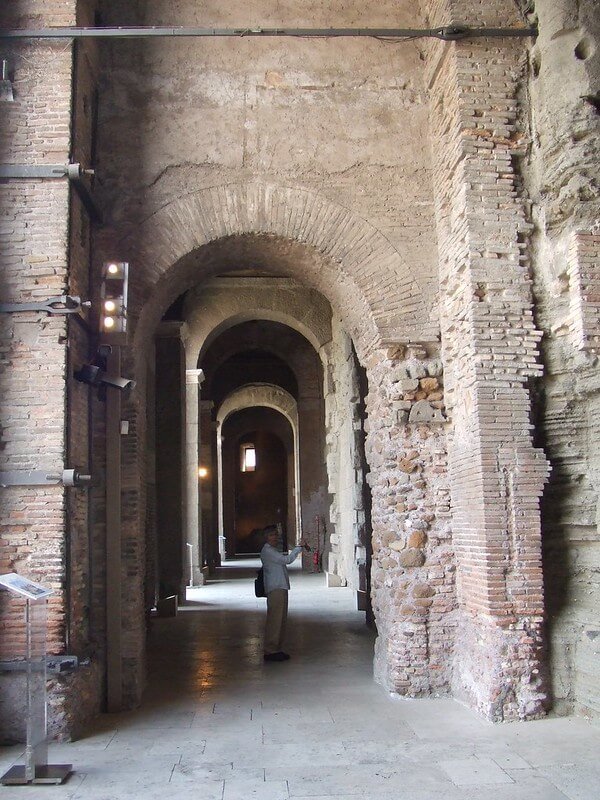
Palazzo dei Conservatori
Palazzo dei Conservatori, a splendid building within the Capitoline Museums, stands as a showcase of classical sculptures and Renaissance art. Designed by Michelangelo, the palace is a testament to architectural brilliance. Exploring its halls you can find ancient sculptures, busts, and artifacts, each telling a story of Rome’s cultural and historical evolution. Palazzo dei Conservatori is home to masterpieces like the Marcus Aurelius Equestrian Statue, offering a deeper understanding of Rome’s imperial past.
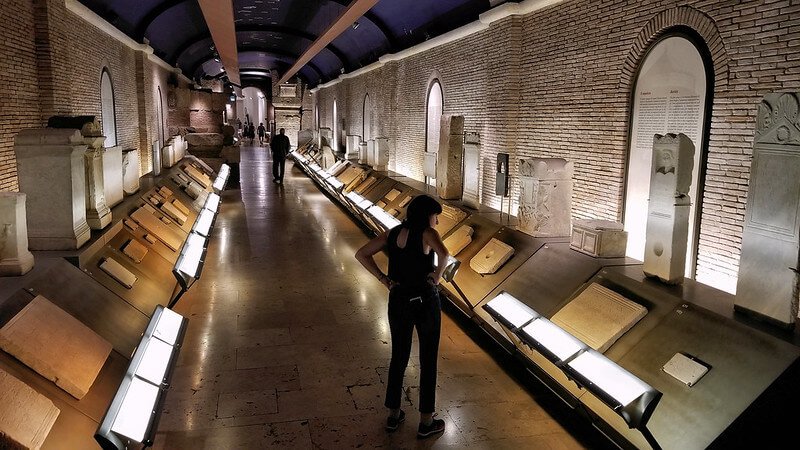
The Marcus Aurelius Equestrian Statue
The Marcus Aurelius Equestrian Statue is a magnificent depiction of the Roman Emperor on horseback. This impressive sculpture, crafted during the 2nd century AD, showcases the power and authority of Marcus Aurelius. The attention to detail in capturing both the emperor and the horse reflects the skill of ancient Roman sculptors. And by the way, sculptures are the best reference for sketching. It doesn’t move, and due to the skills of ancient Roman sculptors you can learn anatomy pretty well.
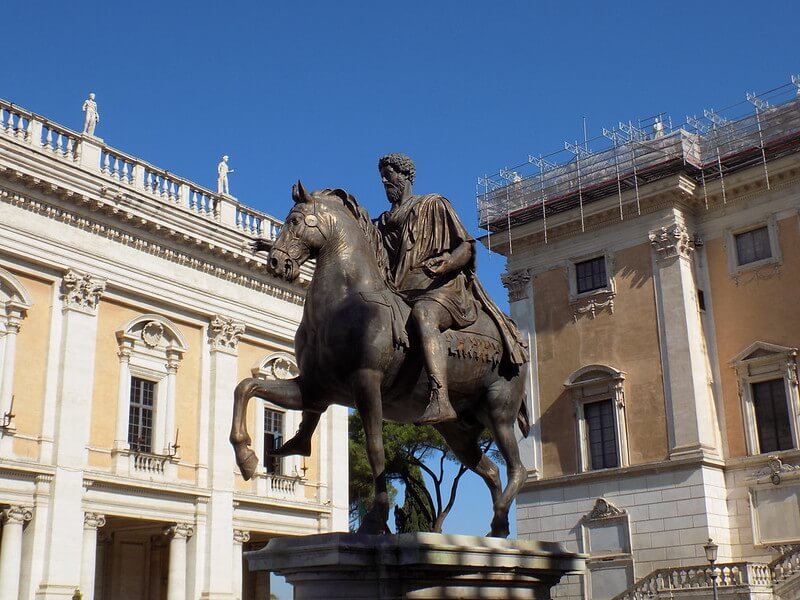
The Capitoline Museums’ Picture Gallery
The Capitoline Museums’ Picture Gallery is a cool part of the museum with lots of paintings by famous artists like Titian, Tintoretto, and Caravaggio. You can find it in the Palazzo dei Conservatori and Palazzo Nuovo. Walking through the gallery, you get to see different styles of Italian art over the years. From the colorful paintings of Titian to the dramatic ones by Caravaggio, each painting has a story to tell. If you are a fan of Renaissance art you probably love it.
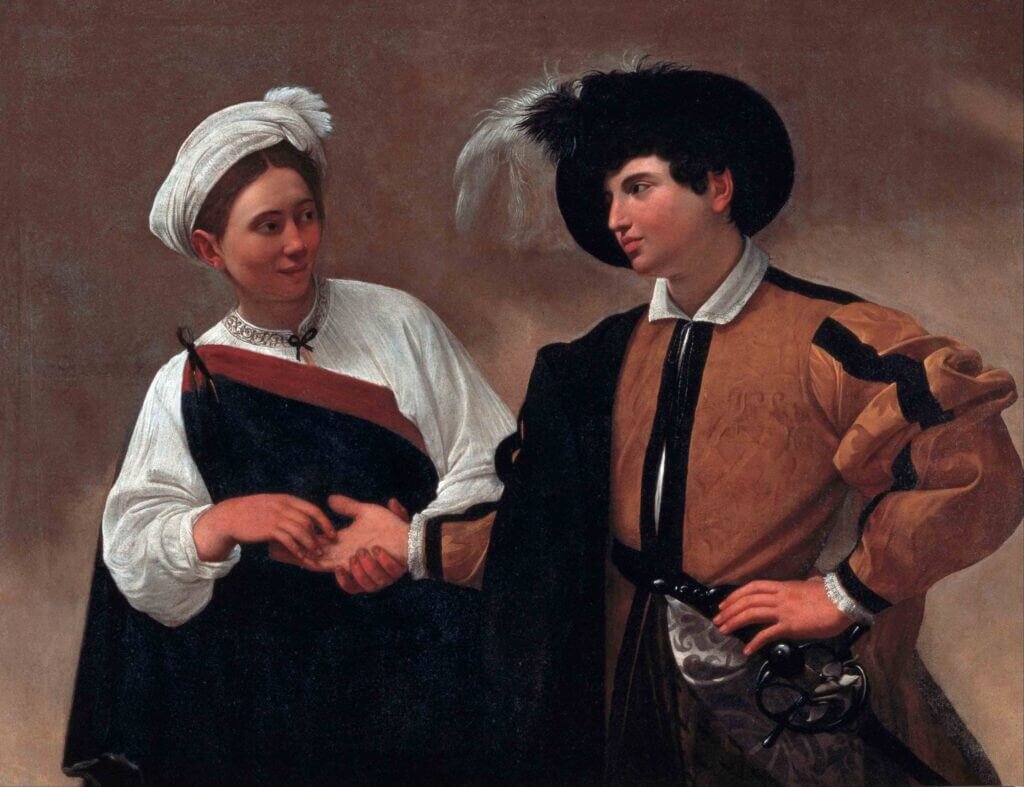
Palazzo Nuovo
Palazzo Nuovo, a significant part of the Capitoline Museums, is a place where you can find more ancient sculptures and interesting artifacts. Designed by Michelangelo, this palace has a more personal and close feeling compared to the grand Palazzo dei Conservatori. As you explore the halls of Palazzo Nuovo, you’ll encounter classical sculptures, busts, and other valuable pieces that provide an up-close look at the artistry and craftsmanship of ancient Rome. You can see here pieces like Statue of a Young Satyr, Dying Niobid and Bust of Medusa.
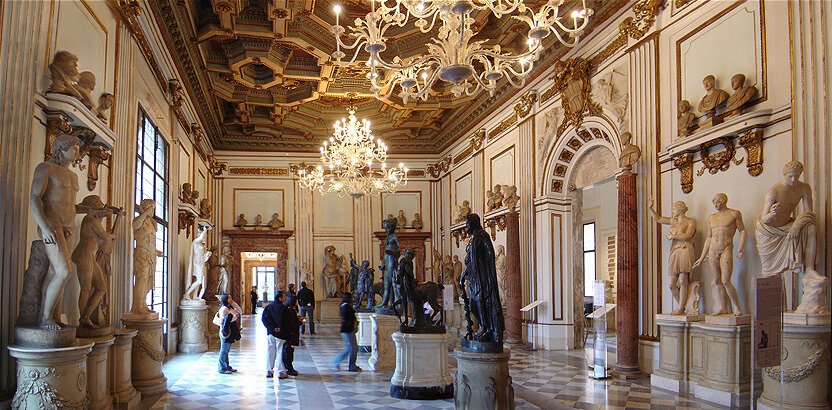
Ara Pacis
The Ara Pacis in the Capitoline Museums is a big altar dedicated to the Roman goddess of peace, Pax. It was made by Emperor Augustus around 9 B.C. The altar has detailed carvings that show scenes of peace and harmony from the time of Augustus. The Ara Pacis is not just a work of art but also a symbol of the peaceful period called the Pax Romana. It’s like a history book in pictures, showing the good times and values of ancient Romans.
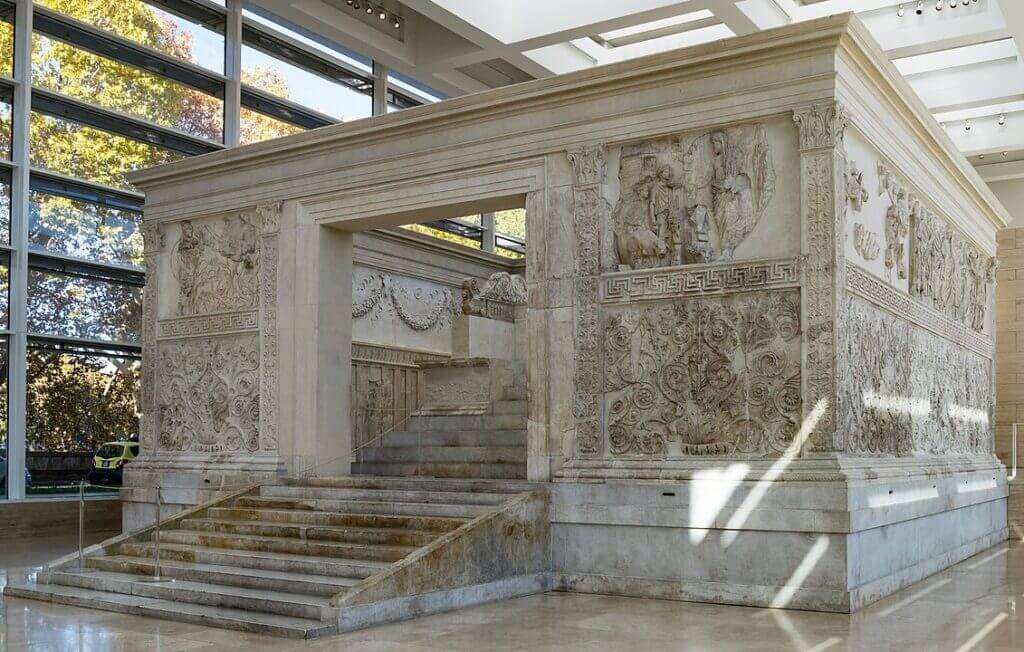
The Capitoline Museums provide a captivating journey through the epochs of Rome’s history, inviting travelers to connect with the soul of this ancient city. Each exhibit tells a story, and together they weave a cultural tapestry that showcases the legacy of Rome. Don’t miss the opportunity to immerse yourself in this extraordinary blend of art, history, and architecture on your next Roman adventure!
Explore more places to visit in Rome in my post.

